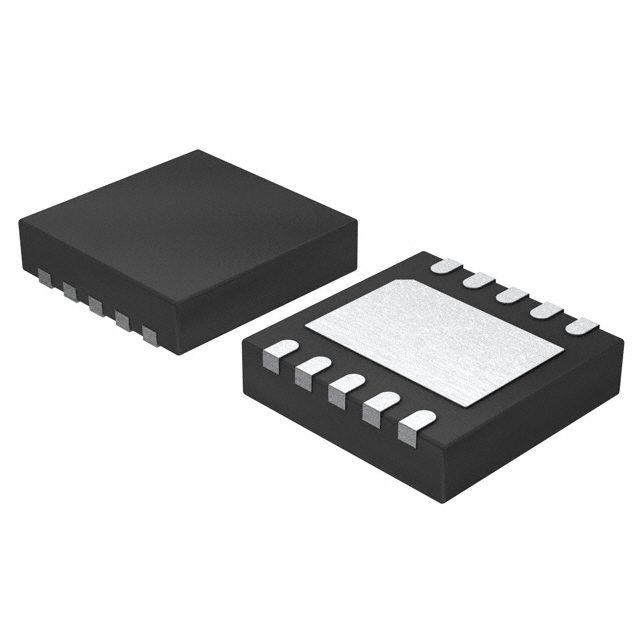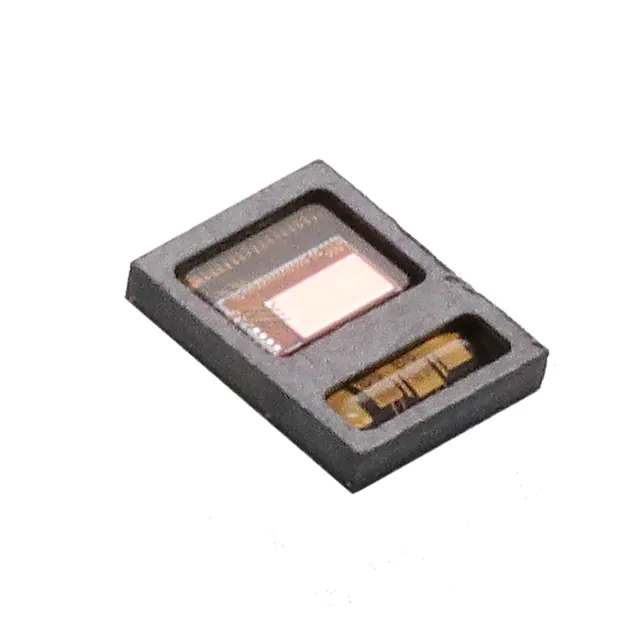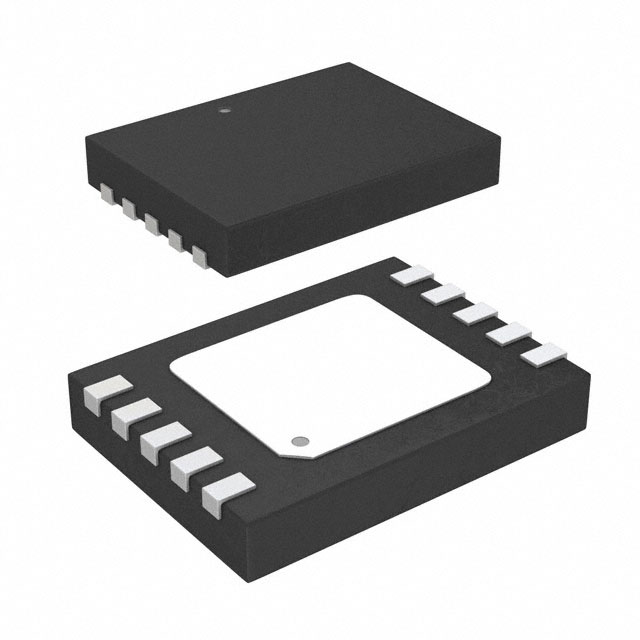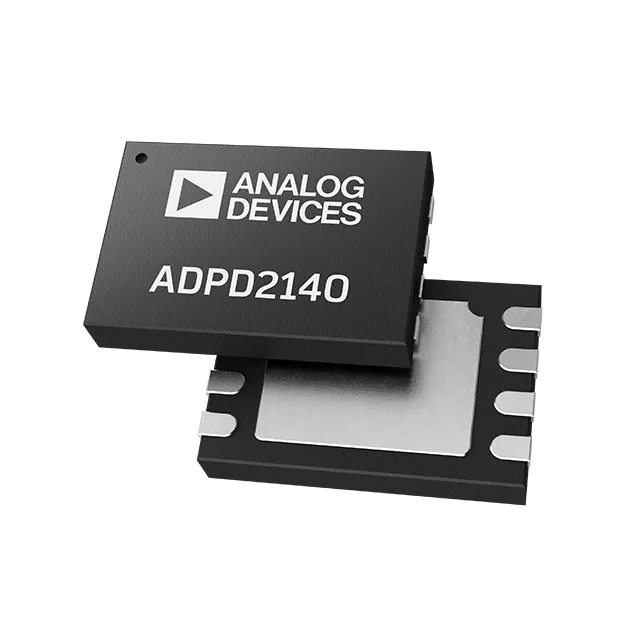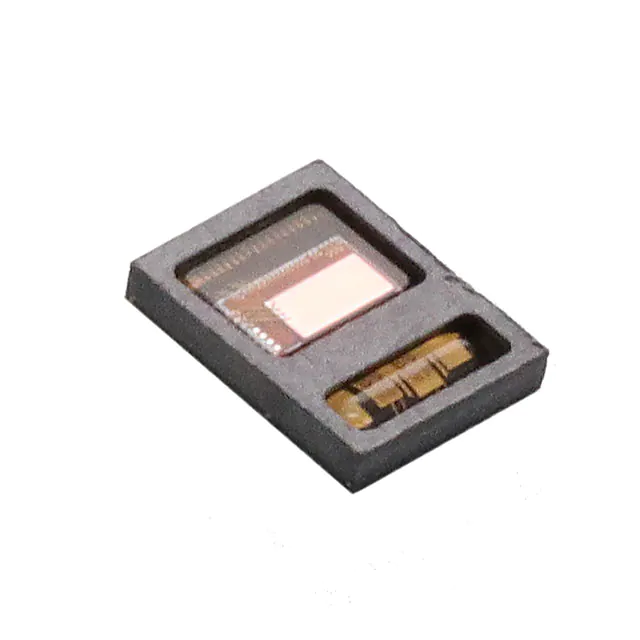FEATURES
Adjustable and fixed current-limit options
Adjustable up to 4 A
Fixed 3 A
2.5 V to 5.5 V input voltage range
650 kHz or 1.3 MHz fixed frequency option
Adjustable output voltage, up to 20 V
Adjustable soft start
Undervoltage lockout
Thermal shutdown
3 mm × 3 mm, 10-lead LFCSP
Supported by ADIsimPower design tool
APPLICATIONS
TFT LCD bias supplies
Portable applications
Industrial/instrumentation equipment
GENERAL DESCRIPTION
The ADP1614ACPZ-1.3-R7 is a step-up, dc-to-dc switching converter with an integrated power switch capable of providing an output voltage as high as 20 V. The ADP1614ACPZ-1.3-R7 is available with a pin-adjustable current limit that is set via an external resistor with the boost switching frequency fixed to either 650 kHz or 1.3 MHz
Alternatively, the ADP1614ACPZ-1.3-R7 is also available with fixed 3 A current limit and a pin-selectable frequency. With a package height of 0.8 mm, the ADP1614ACPZ-1.3-R7 is optimal for space constrained applications, such as portable devices or thin film transistor (TFT) liquid crystal displays (LCDs).
The ADP1614ACPZ-1.3-R7 operates in current-mode pulse-width modulation (PWM) with up to 94% efficiency. Adjustable soft start prevents inrush currents when the part is enabled. The PWM current-mode architecture allows excellent transient response, easy noise filtering, and the use of small, cost-saving external inductors and capacitors. Other key features include undervoltage lockout (UVLO), thermal shutdown (TSD), and logic controlled enable
The ADP1614ACPZ-1.3-R7 is available in a Pb-free, 10-lead lead frame chip scale package (LFCSP).
Feature
- Adjustable and fixed current-limit options:Adjustable up to 4AFixed 3 A
- 2.5 V to 5.5V input voltage range
- 650kHz or 1.3MHz fixed frequency option
- Adjustable output voltage, up to 20V
- Adjustable soft start
- Undervoltage lockout
- Thermal shutdown
- 3mm×3mm, 10-lead LFCSP
- Supported by ADIsimPower design too
Applications
- TFT LCD bias supplies
- Portable applications
- Industrial/instrumentation equipment
(Picture: Pinout)

